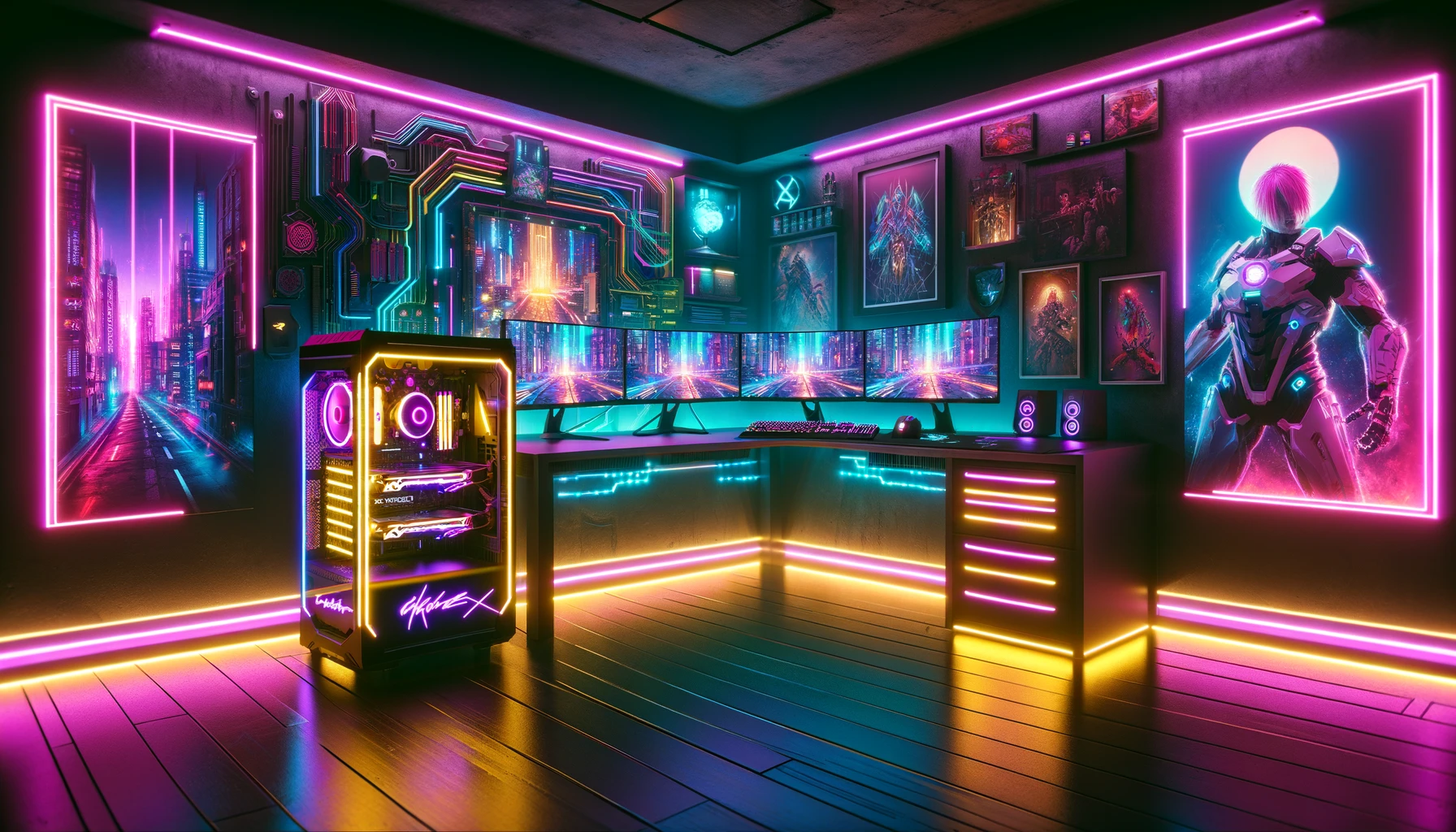My journey with Sony’s virtual reality offerings has had its highs and lows, but the recent news about PSVR 2 potentially supporting PC has me intrigued. The original PlayStation VR set the bar for comfort back in 2016, despite a cumbersome setup with wires and a breakout box. Fast forward to today, and the PSVR 2 presents a far less tangled experience, requiring just a single USB-C connection to the PlayStation 5. But, here’s the twist – Sony might be cutting the cord with the console altogether by bringing PC support into the picture.
Opening Doors to PC Gaming
In a PlayStation Blog post, Sony hinted at “currently testing the ability for PS VR2 players to access additional games on PC.” This move, slated for 2024, signals a bold step outside PlayStation’s traditional boundaries. It’s a tantalizing prospect, but with no further details, I’m left waiting with bated breath for what this could mean for the platform’s flexibility and reach.
The Business of Virtual Reality
Despite an elegant design, PSVR 2 hasn’t flown off the shelves as expected. It raises questions about Sony’s VR strategy, especially with just over a million units sold. The exclusivity of the PSVR headset isn’t translating into more console sales, and I can’t help but wonder about the viability of investing in VR when the market seems so constricted.
However, this potential PC compatibility could be a game-changer. With an extensive library of VR games on Steam, making the PSVR 2 compatible with PC could drive headset sales. Not to mention, porting popular PSVR 2 exclusives to PC could significantly boost their sales – I’m looking at you, Resident Evil Village and Gran Turismo.
Right now, the PSVR 2’s support on the console side is modest, with around 70 games listed by Sony. But if the door to PC gaming swings open, it seems like a win-win for Sony and gamers alike.
Should the PSVR 2 gain official PC support, I’d readily recommend it as a top VR headset choice. It may not be a standalone device like the Quest 3, but it’s more wallet-friendly than the Valve Index and boasts a high-resolution display with eye-tracking. It’s a testament to Sony’s commitment to VR, offering a comprehensive experience that the first generation simply couldn’t match, and I’m genuinely impressed.










